But as devastating as the immediate consequences of the storm have been, the longer term repercussions are potentially even more severe – both for the Myanmar people and for other countries in the region.
On The Political Front
Myanmar's constitutional referendum was scheduled to take place on May 10th. Long touted by the military junta that rules this country as a "pathway to democracy", the referendum – and the constitution it is supposed to ratify – has been viewed with disdain by most observers outside Myanmar. The junta declared yesterday that the referendum would proceed as planned in spite of the devastation caused by Cyclone Nargis. They have since announced that voting in the hardest hit areas would be delayed until May 24th.
Given the extent of the storm damage, it is difficult to imagine how residents of Yangon and of the Ayeyarwaddy (Irrawaddy) River Delta would be able to vote, even with the two-week delay. This will skew the voter turnout in favor of the northern half of the country, including the new capital city of Naypyidaw. Perhaps, that is what the junta hopes will happen. After all, Naypyidaw is heavily populated with government officials and civil servants, all of whom are dependent on the junta for their livelihood.
Public Health
According to the World Health Organization, cholera, dysentery and watery diarrhea are among the diseases endemic to Myanmar. Any of these water-borne diseases may run rampant in the aftermath of a natural disaster, where safe drinking water is scarce and sanitary toilet facilities even more so.
Last summer and fall, Iraq suffered an outbreak of cholera and acute watery diarrhea that sickened more than 30,000 people (3,315 confirmed to be infected with Vibrio cholerae) and claimed 14 lives. It was only due to adequate and timely treatment of the victims that the loss of lives was relatively small.
Ready access to treatment is critical for victims of cholera and acute watery diarrhea. Victims of Sudan's 2006 outbreak were not as fortunate as the Iraqis. Northern Sudan reported 2,007 cases of acute watery diarrhea between mid-June and mid-April that year. Seventy-seven of the victims died. The southern part of the country was affected even more severely. In the first half of 2006, southern Sudan recorded 16,187 cases of acute watery diarrhea – 476 of them fatal.
Sanitary toilet facilities and clean drinking water are rare commodities in rural Myanmar at the best of times. The tragic loss of life caused by Cyclone Nargis probably will be amplified by the typical "diseases of disaster" – cholera, dysentery and diarrhea – that follow so often in the wake of storms, floods and earthquakes in much of Asia and Africa.
The following photos were taken in January 2008 and illustrate the sanitation problems that rural residents of Myanmar confront even at the best of times.
This is the exterior of an outhouse in an Inle Lake village.
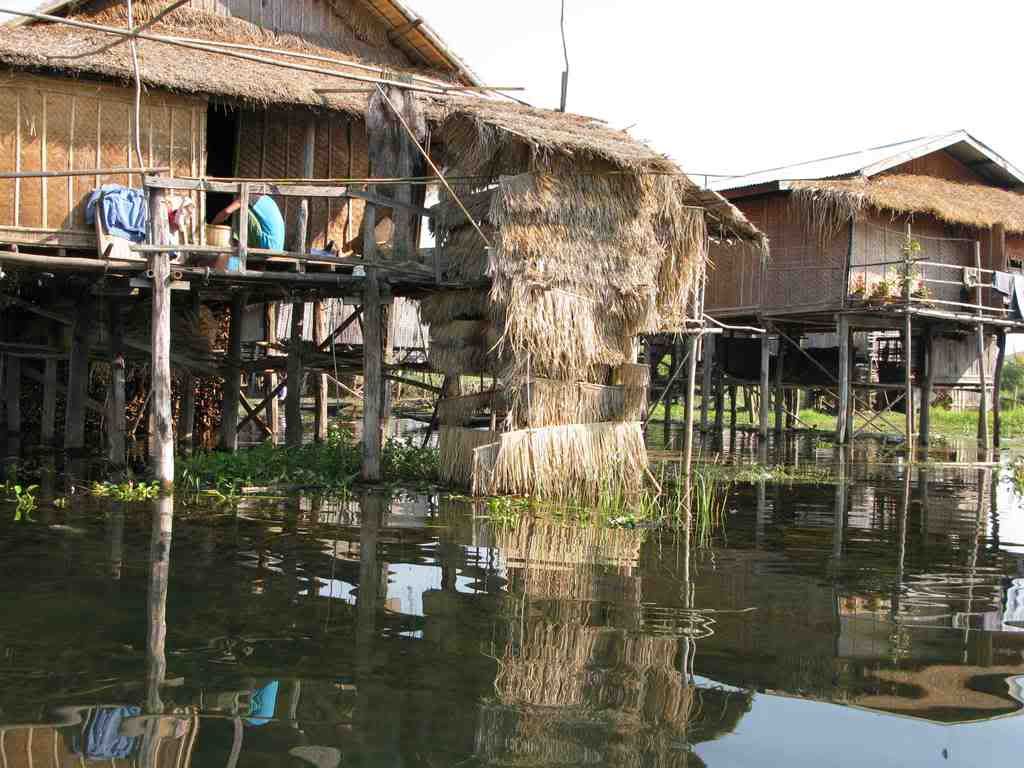
The outhouse "commode"

An empty slot waiting to receive its commode (leaning against the wall). Human waste from these outhouses drops directly into Inle Lake.
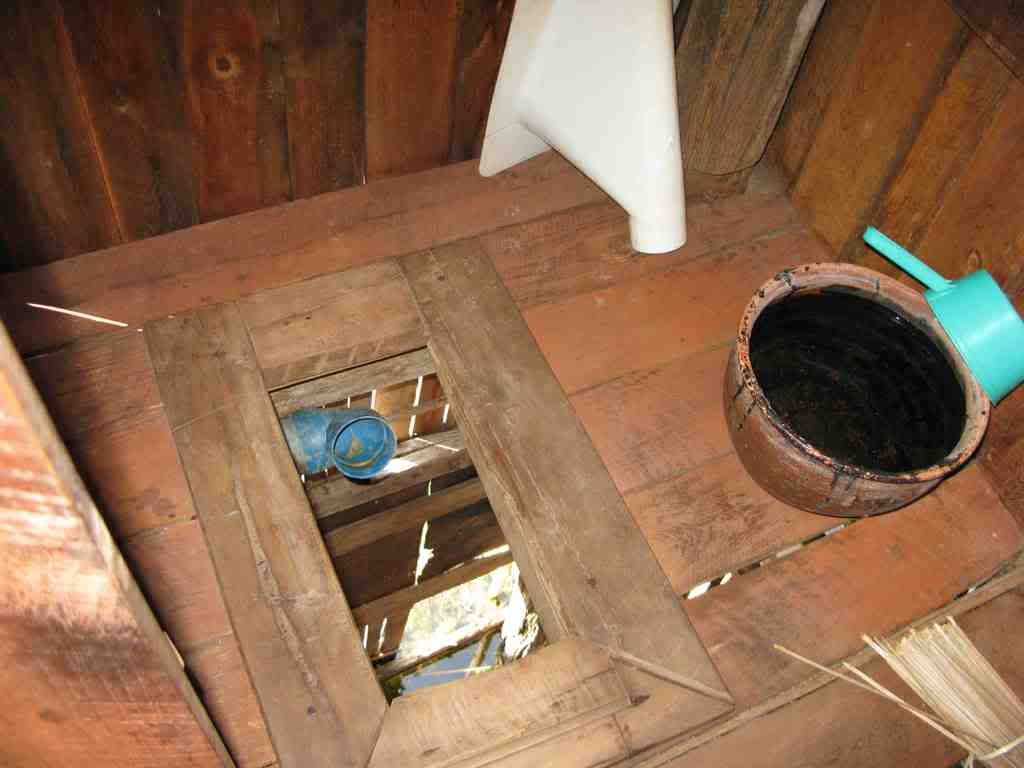
Community well belonging to a "dry land" village on the shore of Inle Lake.
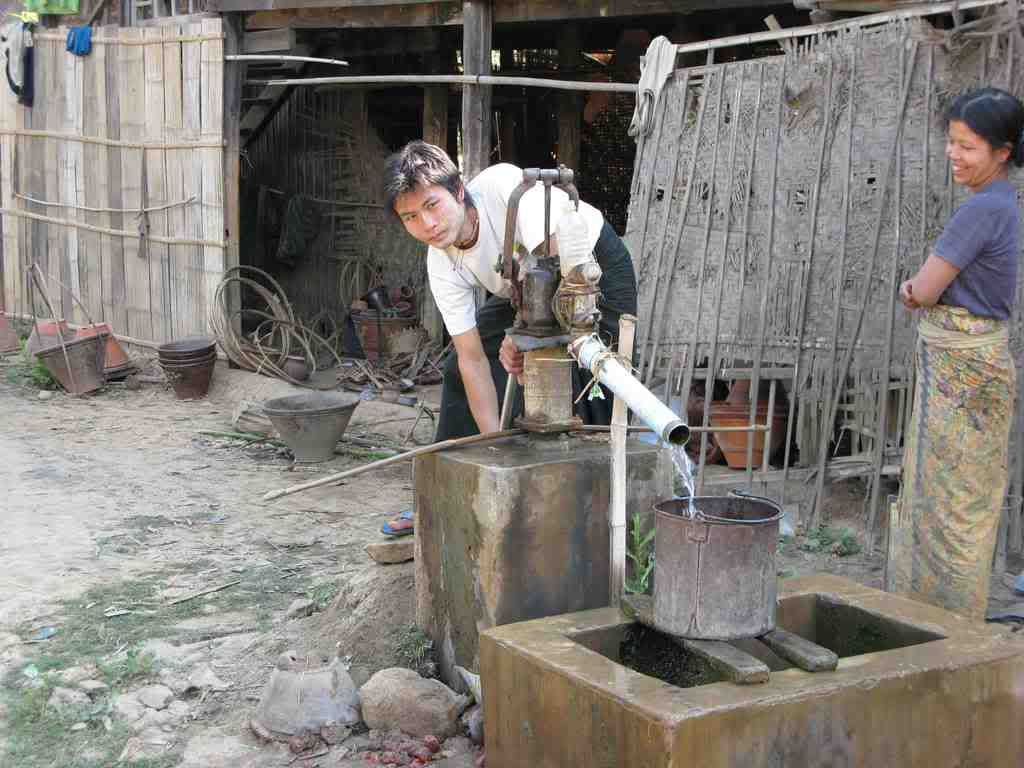
The waters of Inle Lake also serve as the kitchen sink for washing pots and pans
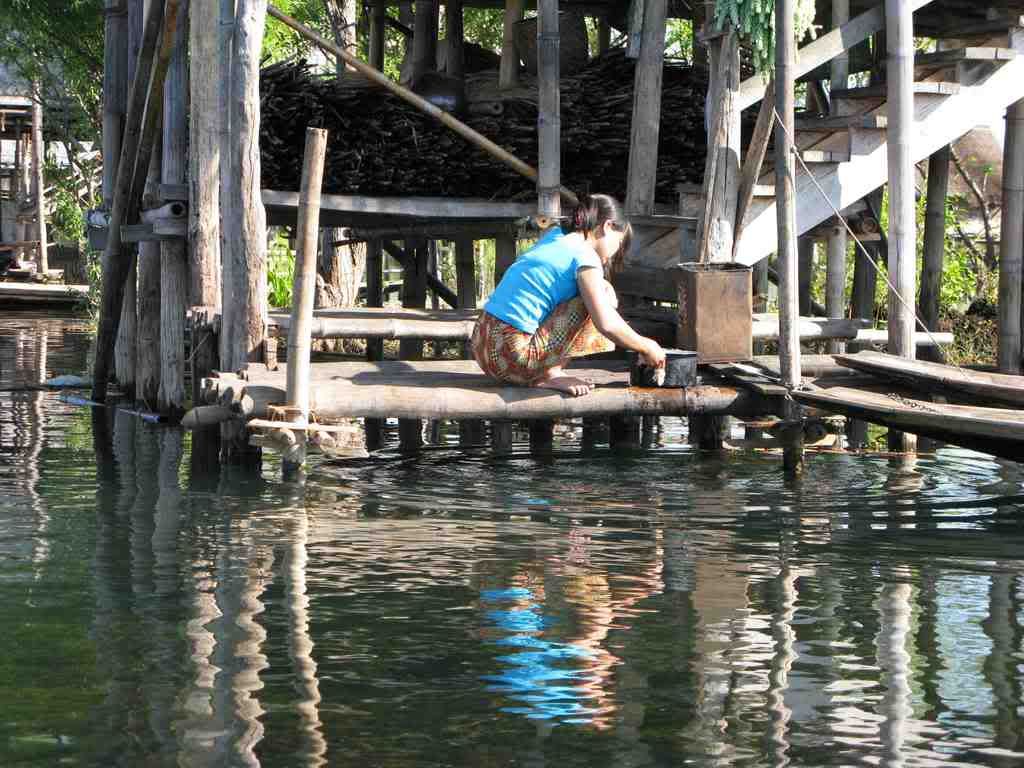
And when the rice paddies along the shore are flooded by water from the lake, they become a source of fresh-water shrimp.
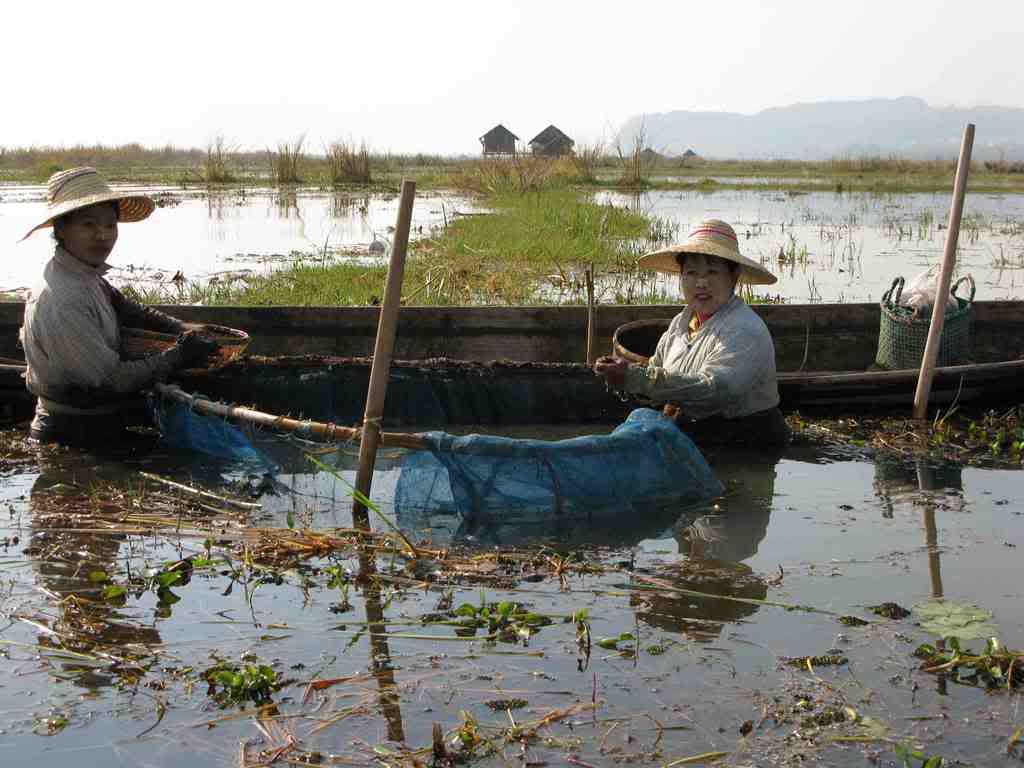
Unfortunately, Myanmar's longer-term travails are just beginning. And the entire region will suffer the consequences.
For more background on Myanmar, click on "Southeast Asia" under "Series and Topics"





No comments:
Post a Comment
Note: Only a member of this blog may post a comment.